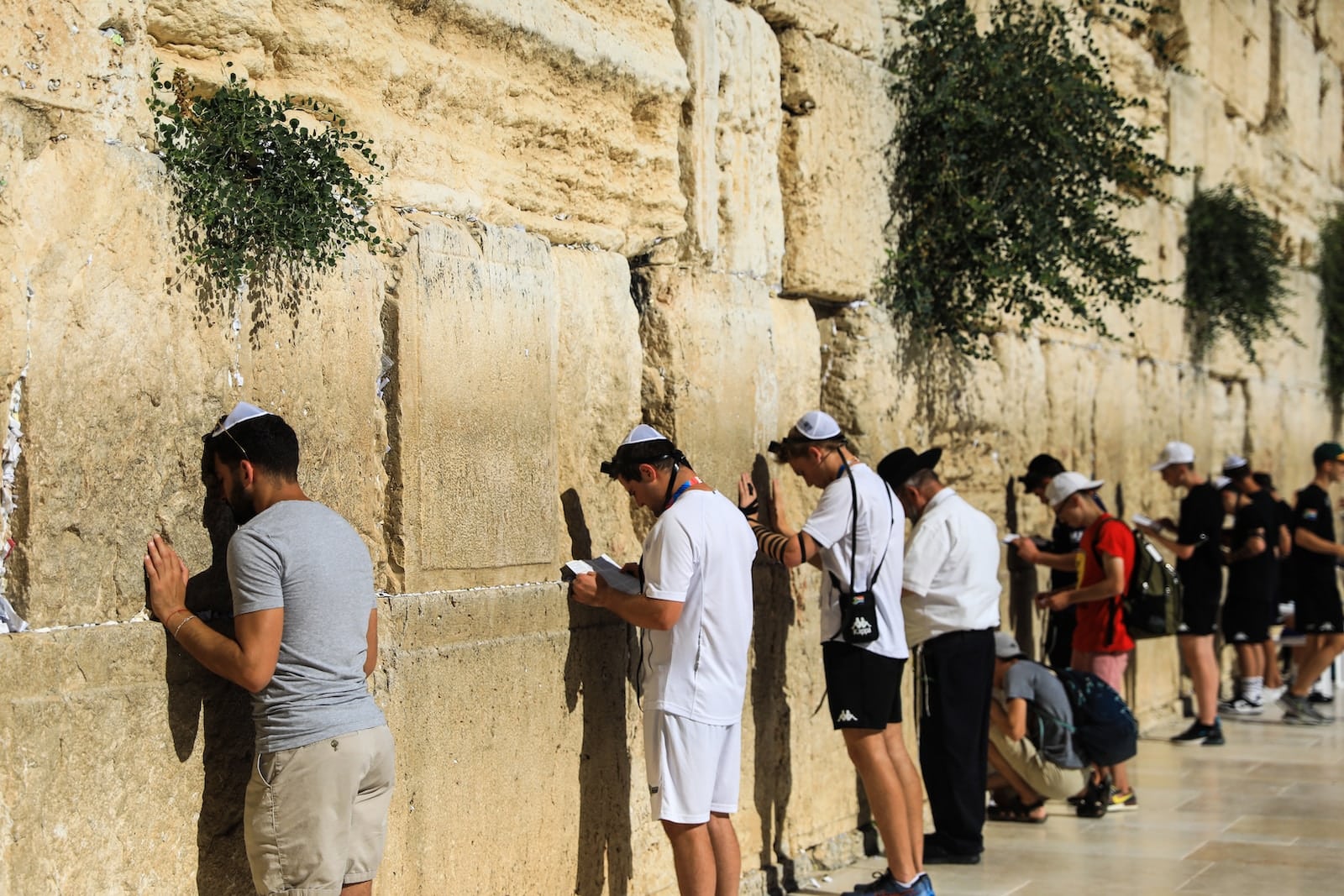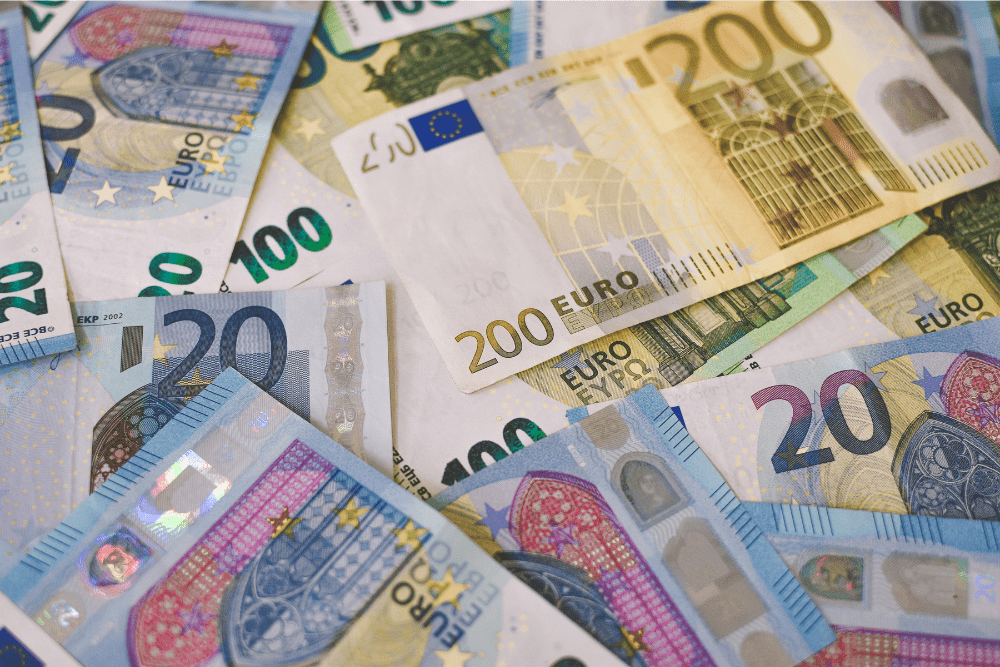The war started by the terrorist organization HAMAS at the beginning of October is littering the streets of Israel and the Gaza Strip with the corpses of men, women and children. At this point in the conflict, where it seems that world public opinion is buying the arguments of said terrorist organization, allied and financed by a country that does not respect human rights, imprisoning and murdering men, women and children, who do not have access to think like them. They are fraudulent organizations and states of totalitarian and single thinking that respect no one.
There is talk of Palestinian deaths in the Gaza Strip. How many? 8,000 dead, 3,000 of them children. Terrible!!! But, without demagoguery, who started the conflict, who put 1,400 Jewish corpses on the table in the first moments? Who kidnapped men, women and children? 239 today. Who has called for a global Intifada against the Jew wherever he is, trying to rouse the Muslim world and, above all, the lone wolves who are already doing their thing? Who hides, like rats, in tunnels, under schools, hospitals and churches, using their own people as human shields? Who cares so little about the lives of their loved ones? To a terrorist organization: HAMAS, and those who finance it, especially IRAN or QATAR.
Where have the human rights of the young Israeli-German Shani Louk, who was on that fateful October 7 at a peace party, near the place where the events began? Her mother, Rebeca Louk, commented a couple of days ago that she had received official confirmation of her death. HAMAS, without handing over the body, had stated this through her official channels. We could see Shani Louk in the back of a truck, tied up as if she were an animal, bloody, and in her underwear so you could see the blows she had received, while a handful of terrorists smiled, drooling at the obtained prey. That video violated the human rights of that young woman without, when she perished, too many media outlets feeling horrified by what that story expressed, by what it was telling us about those who committed the murders of Jews in those first hours of October 7.
In the West, while we talk about the horrors of war and beat our chests about the dead children in the Gaza Strip and the lack of food and assistance to the displaced, we buy the infamous and ignorant atrocity that the terrorists sell us , who keep whatever may be necessary to feed their troops in order to continue fighting. The people in the Strip know perfectly well that they are just cannon fodder and that to those who lead them they mean absolutely nothing, just more income on their account of images to show to the world, with the sole purpose of getting more funding from certain countries, including communist countries with the sole purpose of continuing to kill Jews throughout the world. Then it will be to the unbeliever.
In World War II they were murdered in extermination camps. 6 million Jews. Men, women and children. What did Muslim countries do at that time? Rejoice, “the Jews should be exterminated wherever they are found.” And when the war is over, where the Jews left six million dead, six million stories, millions of them still untold, they are given a territory to which, as a people, they historically had a right. And they build a state surrounded by ancestral enemies and become, over the years, the only consolidated democracy in the area, among medievalized societies that continue to apply inhuman punishments to women and those who do not agree with their ideas. Totalitarian governments at the service of Old Laws whose practice enslaves man, be he Muslim, Christian or Jew.
But the tragedy of said town did not end there. 6 million dead They were not enough ignominy and some communist state in the 1960s decided that it could sell all the Jews left in its territory in exchange for pigs or money. And for this reason the despicable government of Ceausescu, in old Romania. Although to achieve this the Jews had to suffer an entire ordeal, of which I am only going to show a few brief notes.
In a masterful book by the French journalist Sonia Devillers, Those exported, from the Impedimenta publishing house, in its press release about it you can read the following (they are the first paragraphs, although I encourage the reader to continue informing themselves about this atrocious topic):
Jews exchanged for pigs. Of the best breed. Tens of thousands of Romanian Jews were exchanged since the 1950s and for decades by the communist government to allow them to leave the country. First for “high performance” animals. Then, for money. Initially, as if it were a macabre joke, they were exchanged for the pigs that were forbidden to them. Also by Friesian cows, mechanized chicken farms and Australian sheep. Later, for between $2,000 and $50,000 depending on age and profession. Money paid mainly by the Israeli secret services. During Ceausescu’s time, Jews were impoverished Romania’s second export product after oil. Entire families, like the grandparents, mother and aunt of the French journalist Sonia Devillers, who unites family memory and history in the painful, poetic and precise Los exportados, (Impedimenta).
A book in which the degrading nature of that sale is eclipsed by the unimaginable and atrocious horror that hundreds of thousands of Romanian Jews suffered years before in the Second World War, during the regime of Marshal Antonescu, at the hands of their compatriots, without Hitler’s need.
A Romanian holocaust with pogroms in Bucharest or Lasi, in which those who managed to escape ended up on freight trains whose carriages did not allow air or light to pass through. More than 5,000 corpses emerged from them. “The idea of death trains, another Romanian innovation,” Devillers ironically says. In Odessa, occupied during the war by Romanian troops, 8,000 Jews were hanged from lampposts and balconies. Another 4,000 were shot in the back of the head.
And once Antonescu’s pro-Nazi regime fell, the Romanian communists did not take long to carry out anti-Semitic purges and expel Jews from jobs and the party. That they wanted to emigrate en masse. Their exit was blocked until the business was seen. “There were about 750,000 Jews in Romania before the war. Half died in it. Of the 350,000 that remained, when Ceausescu fell there were 10,000 left. It is the story of a country emptied of its Jews. First deported, then exported,” says Devillers.
Stories like this may seem far away to us today, but we must not forget that just last night (October 29, 2023), a mob of Muslims attacked the airport of the capital of Dagestan with the purpose of murdering all Israeli citizens, including Jews. or not, they met. The images are terrifying. And men, women, and children had to take refuge wherever they could, in order to avoid being taken hostage, beaten, and unjustly killed. Mobs are always dangerous, and if we add a religious and dangerously xenophobic component to this, even more so.
There are already dozens of lone wolf actions throughout the West. But not all of them are coming to light so as not to alarm world public opinion. Special surveillance, not only police surveillance, is exercised throughout the democratic West on certain mosques whose leaders are known to be radicalized. In the country in which I write this article we are in alert 4 Reinforced, the next is alert 5 and last, the army would have to take to the streets. Public opinion is unaware of the actions that are being carried out, but from very close sources I know that the High Defense Staff is permanently testing hundreds of calls linked to extremist people in this country.
Before October 7, when the terrorist group, backed by the states that support it, decided to change the course of history, we lived better. And today, while world public opinion has bought what a terrorist organization like HAMAS wants to sell us, I have decided, without intending to disdain the rights of the Palestinians, nothing could be further from my intention; to ask myself openly and with a dog’s face, about the human rights of the Jews, so many times vilified over the last 80 years. Only 80 years and with so many millions of dead and displaced. Terrible!!!
Bibliography:
NOTE: As always, asking internet search engines and contrasting the news provided by them on different newspaper pages.
About the cited book: Jews for pigs after the atrocious Romanian Shoah – La Vanguardia – October 30, 2023 – Impedimenta
Based on data from Shani Louk, the Europa Press news service and Israeli authorities confirm the death of Shani Louk, the young German-Israeli kidnapped by Hamas (elconfidencial.com)
Other information, CNN: This is the chronology of the Hamas attack and Israel’s response (cnn.com)
Some data comes from confidential sources.
Originally published at LaDamadeElche.com












